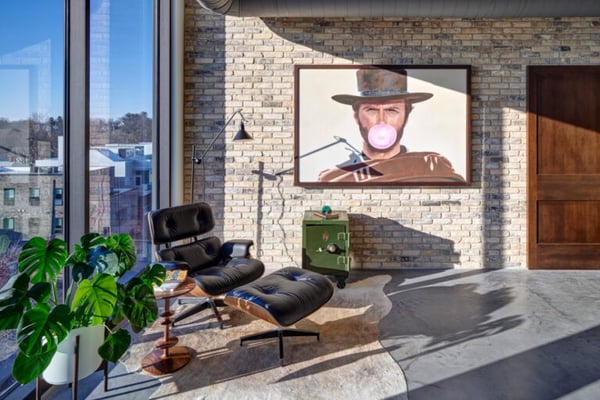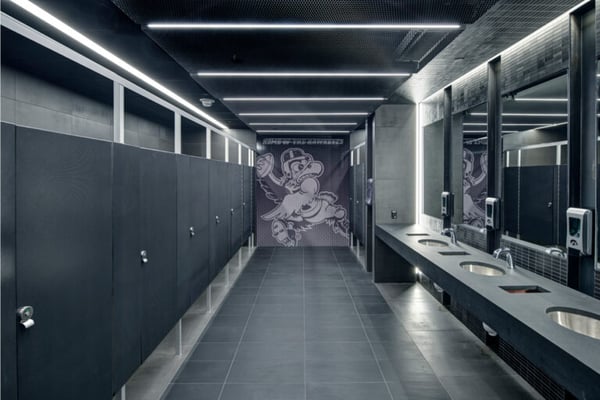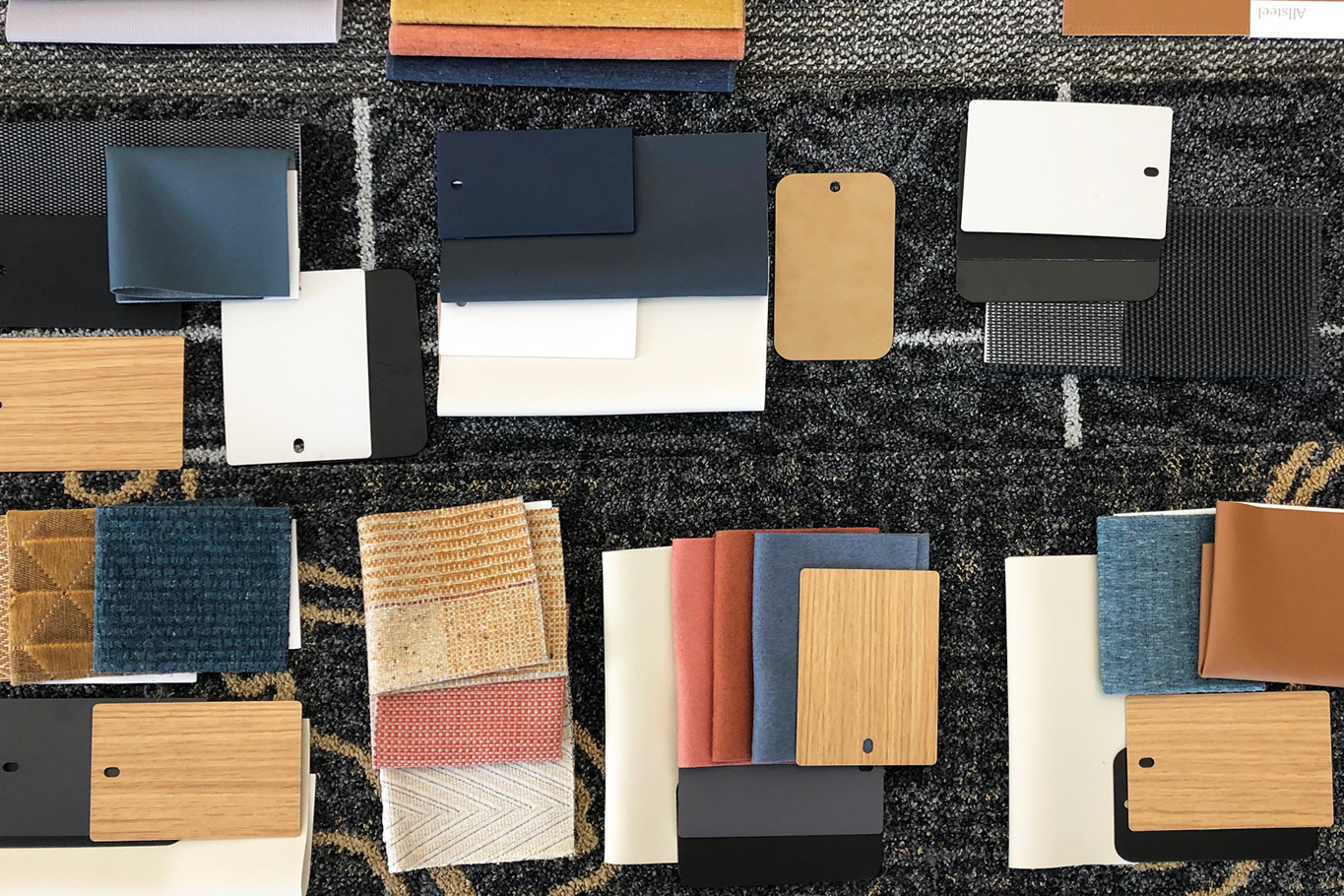The decision-making process can seem daunting, especially if it’s your first project. Thankfully, your design team is there to help.
In our experience, there are many factors to consider when selecting building materials, including aesthetics, durability, and cleanability. Considering these factors and setting performance goals leads to the best results.
This article will help you prepare for your building project by discussing the do’s and don’ts of material selection. After reading, you will feel better prepared to discuss building materials with your design team and make selections that align with your long-term goals.
Don’t Put it Off
Most material selection occurs during Design Development. In this phase of the architectural process, the design becomes more detailed and starts resembling a completed building. You and your team will select equipment, systems, and exterior and interior materials.
Although you will not nail down exact materials until Design Development, you should start thinking about materials much earlier. At the start of your project, set high-level goals related to maintenance, sustainability, and cleanability.
These goals will give your design team direction when researching products and testing options. If this is your first building project, your design team can help you prioritize performance goals.
Setting goals early leads to a much smoother process. When selecting materials, you’ll have a set of criteria to help you weigh your options.
Do Consult Facilities Staff
Consulting building occupants is crucial to any building project. In the early phases of the architectural process, the design team should engage occupants through surveys and workshops and learn about their needs.
Your maintenance and facilities staff are perhaps the most important occupants to consult when it comes to building materials. Consider their experience and how your choices will impact their job.
Durable materials and a limited palette can make the job of cleaning and maintaining your building easier, saving you money in the long run. Consulting your staff can help your organization operate more efficiently, saving you money in the long run.
Don’t Follow Trends
When selecting building materials, you might feel tempted to follow the latest design trends.
Unfortunately, closely following trends often results in a space that looks dated within a few years. You may find yourself wanting to redesign the space, adding to the long-term costs of building ownership.
Instead of following trends, work with your design team to create a timeless space. We recommend using natural materials and neutral colors for the building’s most permanent features. Materials like wood and concrete are more likely to stand the test of time, reducing the likelihood that you will need a major redesign in the future.
Even with a more neutral material palette, you can still incorporate fun, trendy elements. Utilize furniture and artwork to add a pop of personality. You can change out these features at a lower cost than more permanent aspects of the building.

Artwork can provide a pop of personality.
Do Think About Long-Term Costs
When starting a building project, initial costs are most likely at the top of your mind. With a limited construction budget, you may be tempted to reduce costs by selecting more inexpensive materials.
Unfortunately, this decision can add to the long-term costs of building ownership. A material with a low initial cost may come with higher maintenance and replacement costs.
For example, a flooring material like Vinyl Composite Tile (VCT) has a low initial cost, but it requires frequent waxing and restriping, adding to the cost of maintenance. It also needs to be replaced approximately every ten years.
On the other hand, a flooring material like polished concrete has a higher initial cost but is relatively low maintenance. It can also last up to forty years depending on wear and tear.
Considering these costs will help you make decisions that align with your long-term goals. Your design team can perform a life cycle cost analysis to help you weigh the pros and cons of each material.
Don’t Skimp on the Bathroom
Although it may sound a little silly, the bathroom is no joke. Many people think of bathrooms as utilitarian, unsightly spaces. They are usually the last place anyone thinks to splurge on materials.
However, the bathroom is the one room in your building that everyone uses. Taking the time to make it a pleasant space can positively impact occupants’ experience.
You don’t need to spend much on materials to upgrade your bathroom. Spending a little on tile and good lighting can make all the difference. So, while you consider that statement floor for your lobby, remember to give the bathroom a little love.

Investing in the bathroom can positively impact occupants’ experience.
Learn More About Building Materials
Selecting building materials is a key component of any construction project. Materials can greatly impact your long-term building expenses, especially when it comes to maintenance, cleaning, and replacement.
Setting performance goals early, consulting your facilities staff, and creating a timeless design with durable materials is the best way to achieve long-term value. And, of course, remember the importance of a good bathroom.
To learn more about building materials, read about sustainable interior design.
